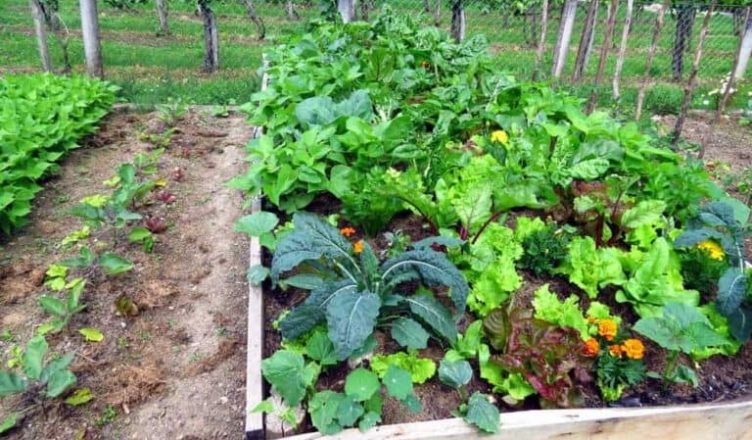The moment of starting a new garden has finally come, and you are in front of the whole new challenge now. It probably seemed that gardening is an enjoyable and straightforward activity while you were reading about picking out seeds or watering tomatoes.
Well, smiling people always finish every work quickly in commercials. However, when the new garden becomes your reality, you will realize that at least one new challenge is waiting for you every single day. Let’s see how to start on the best possible way.
Choose a Right Plot Size
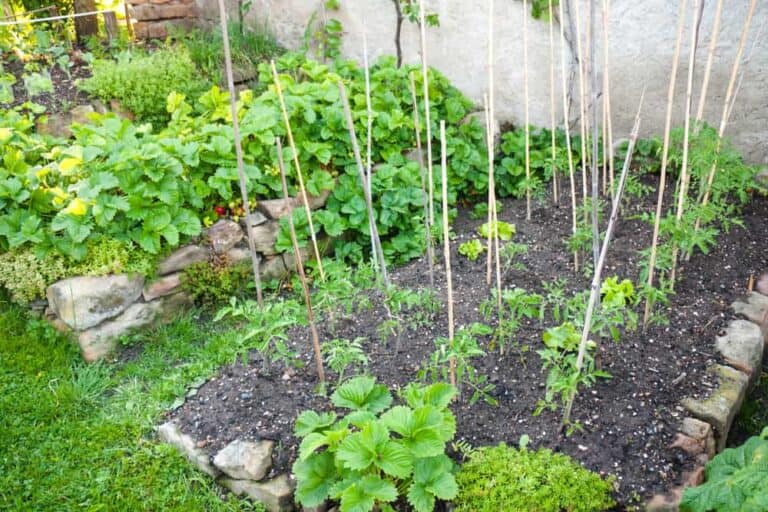
Rule number one is to choose a smaller garden for the beginning. It is better to start your first garden with just a few veggies which will thrive and become healthy, than stick with a huge one you won’t be able to take good care of.
That means that you should calculate how many crops your household really needs. Why would you plant a bunch of plants without a purpose, and threw them away because you can’t eat all of them during winter?
Therefore, be smart and start small! An average garden for a beginner shouldn’t be bigger than 8 x 8 feet (2.5 x 2.5 m), 10 x 10 feet (3 x 3 m), or 16 x 10 feet (5 x 3 m). It is enough space for growing vegetables for a family of four if you wisely organize it.
Basically, you should make approximately eleven rows wide. Every single row should be 10 feet (3 m) long and run north and south to provide at least six to eight hours of sunlight for your veggies throughout a day. If it is too much for you, simply make the rows shorter or don’t plant all of them.
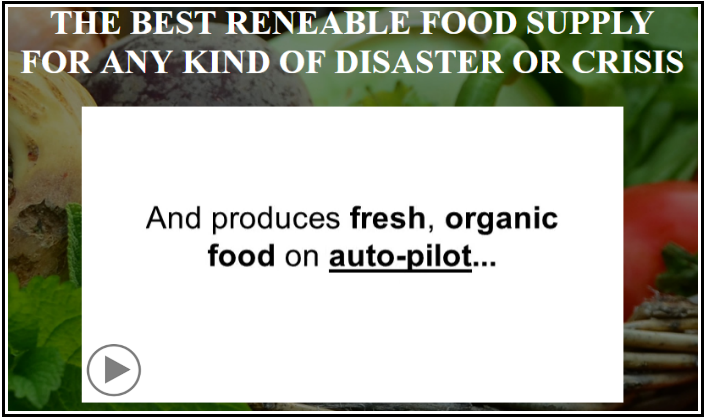
Site Selection
Every experienced gardener will tell you that the excellently positioned garden is the essential thing for both you and your plants. Believe it or not, location is the critical factor that will make the difference between excellent harvest and deep disappointment.
I will give you a few basic tips on how to choose a good site and become a fully satisfied new gardener:
Sunlight
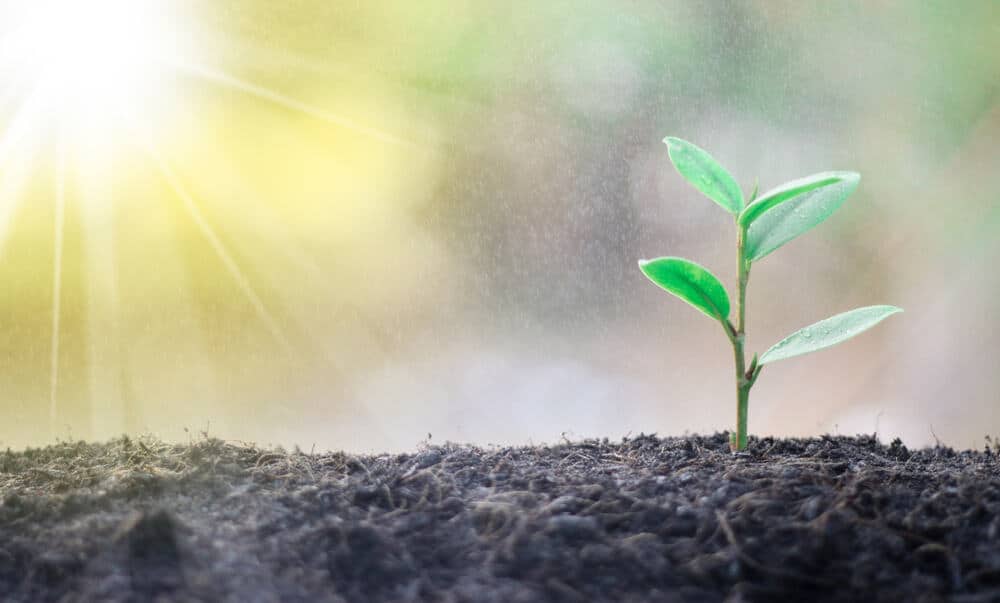
If you are one of the lucky people with a large yard, you should pick out the sunniest part of it for your future garden.
In general, most vegetables require approximately six to eight hours of direct sun a day. If it is possible, place your garden on the south, east, or west side with plenty of sunlight. The north side is the worst possible solution since your plants will spend too much time in the shadow.
Always keep in mind that more sunlight for your veggies means greater harvest for you. I believe that you will prefer getting big, tasty, healthy, and delicious vegetables. In that case, the sunlight is the key.
I want to emphasize something here. The point is not only in the orientation, and the fact that your garden is south-oriented is not enough. The thing is in the number of hours your vegetables are exposed to the sun. For example, the whole thing will be useless if the big tree or a high building overshadows your garden.
One more thing! Before you start planting, you should carefully examine the preferred location for each plant species. Then determine whether they will thrive best in full suns (tomatoes, cucumbers, eggplants, squash, corn, peppers, beans, peas, rosemary, or basil), or they require partial shade (lettuce, spinach, chives, thyme, or parsley).
Watering
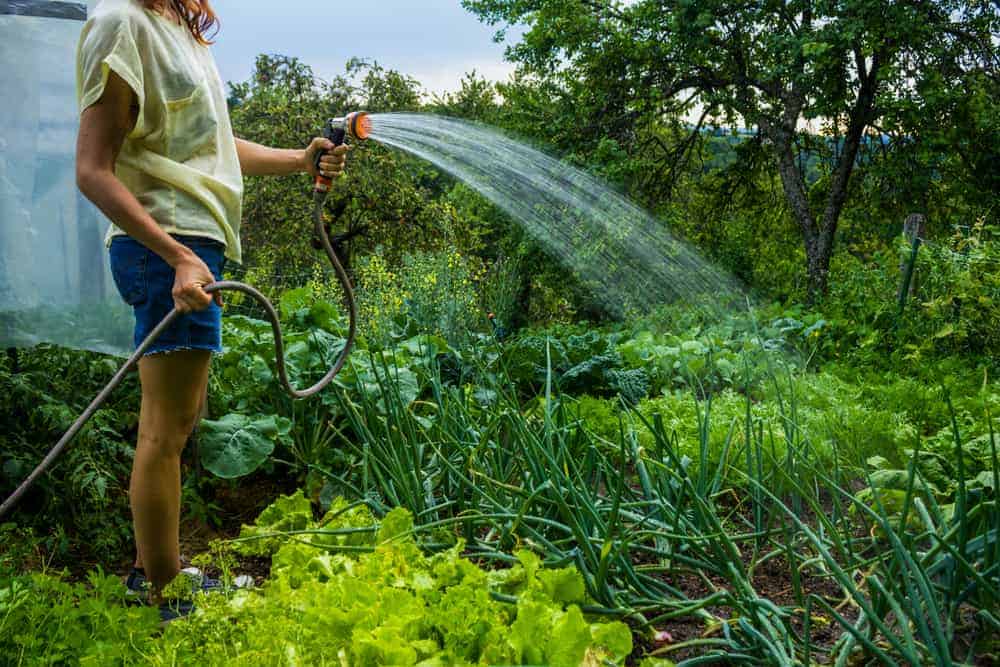
You can believe me when I tell you that you will want to have easy access to water to make watering more comfortable. It is especially crucial in warm and dry regions.
Therefore, choose to place your garden near the water source. Nearby faucet and long enough hose will make a huge difference. On the other hand, too long hose won’t provide adequate water pressure, and you will find it difficult to water the far end of the garden correctly.
In general, how often you will need to water your plants will depend on weather conditions in the region you live in and the quality of the soil you have on your disposal. By knowing that sandy soil will dry out quickly and clay soil needs time to become dry, for example, you can quickly make a calculation.
Also, the amount of water your plants need will correlate the sunny and windy conditions in the area. If there is plenty of sun or wind blew steadily, the soil will dry out more quickly than if you live in the State with cold and cloudy weather.
Basically, you can always determine the moment when you should water your land by the ‘finger test.’ Put your finger into the soil. If it is wet, wait with watering for a while. If it is dry, it is time to water your plants.
The soil
The fact is that the roots of your plants will penetrate soft soil more easily. However, you can have a garden regardless of the quality of the land, but you will have to treat different types of ground in different ways.
For a start, check the soil type by manual examining its texture. You should determine if it is gritty, powdery, or sandy. Check it in different conditions as well. It is not the same if the soil is sticky when wet or harsh when dry. That will affect the availability of nutrients and water.
If you are not sure about the kind of soil in your garden, you should send a proper sample to a state-certified soil-testing lab.
Once you know what to expect of the type of soil you have in your garden, you will be ready to plant. Start with digging and loosening the soil. Also, you need to provide proper drainage to prevent collecting water.
Enriching the soil with your own compost or some other high-quality fertilizer will provide necessary nutrients for growing vegetables.
Smooth the ground’s surface with a rake, and don’t forget to water the land thoroughly. After letting the soil rest for a few days, you can start planting.
Fertilizing
After testing the soil in your future garden, the most important thing is to feed it. Whether you choose your own compost, some of the popular organic fertilizers, or synthetic one from the local store, will depend solely on you.
Keep in mind that chemicals will gradually impoverish the ground and kill beneficial microorganisms, worms, and insects. Consequently, that soil will stop providing nutrition for your plants.
On the other hand, organic matters such as your own compost, animal manures, cover crops, or shredded leaves, will build and keep your soil healthy, fertile, well-balanced, and rich in nitrogen and other nutrients necessary for the healthy growth of your veggies.
At the same time, an organic fertilizer will provide enough food for microbes in the soil and make them capable of organic matter decomposition. Plus, it will make nutrients available to your plants.
Weeding
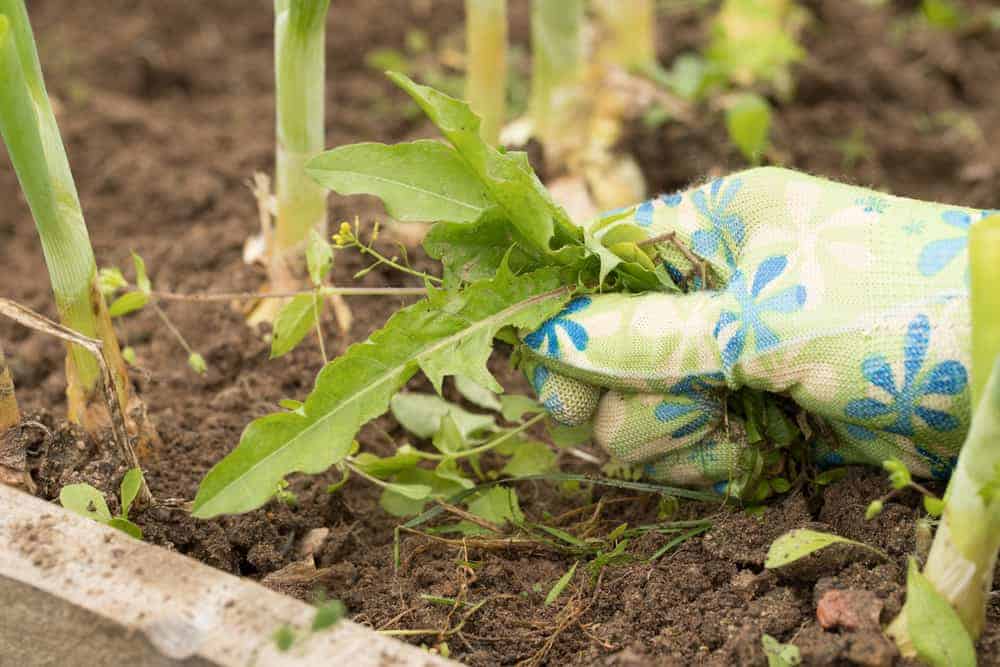
It is understood that you will kill all existing weeds at the place where you plan to plant your vegetables. However, you should keep weeding regularly to protect your plants and allow them thriving.
The best way to keep undesirable grass under control is to spend about twenty minutes a day weeding. Do it by your hand if you grow plants in the small beds, or use a hoe or hand cultivator when you have enough space between veggies.
One of the great solutions is to place mulch, made of compost and straw, or some plastic cover on the top of the ground after planting your crop. That way, you will slow down or even disable grass growth.
Environment
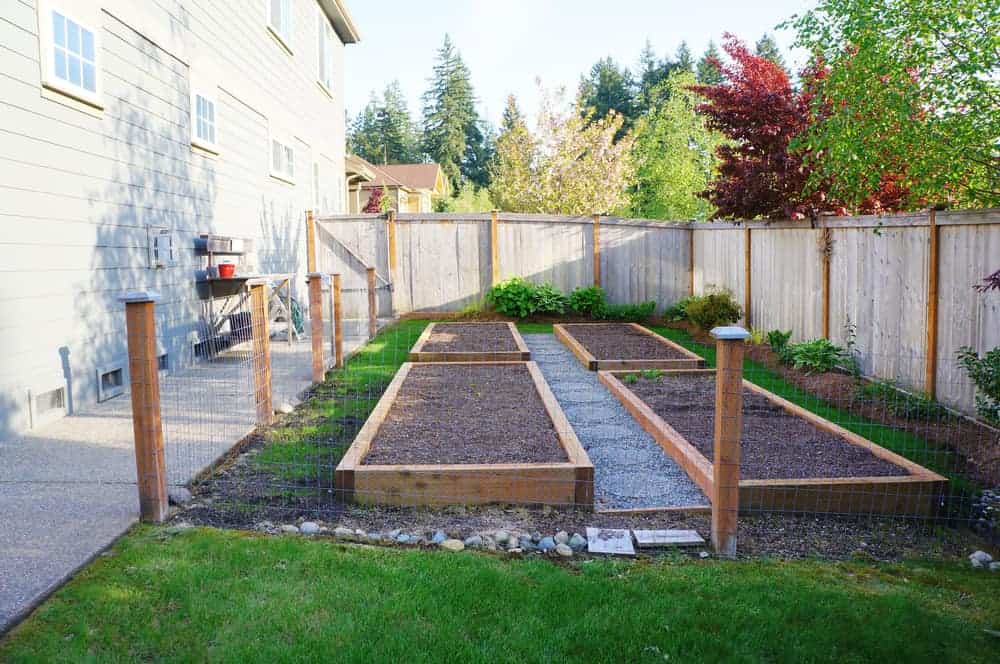
To harvest healthy and abundant crops, you need to provide a stable environment for your plants from the very beginning. Avoid terrains prone to drying out when the weather is hot and winds strong, or those prone to flooding during heavy rains.
Pick out an open area far away from the high building and trees to avoid shading your garden most of the day. Also, avoid planting on a hillside if it is possible. Provide a good fence to protect your vegetables of deer, bunnies, and other herbivores.
Garden Layout
1. Row cropping
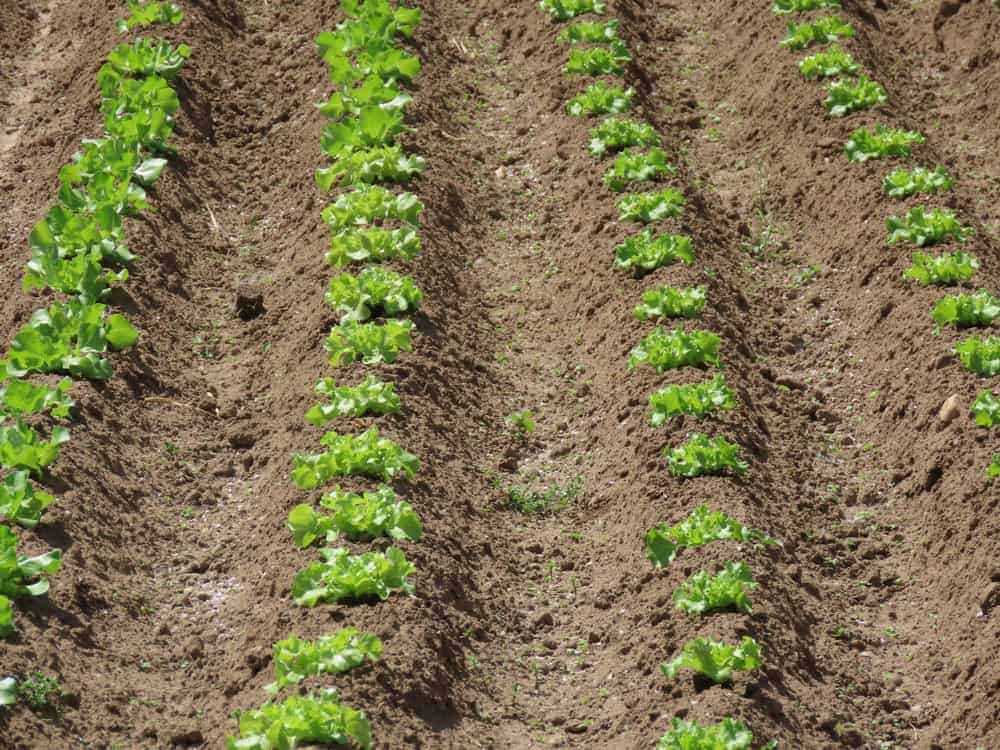
To make walking between rows with planted vegetable more comfortable, you should place them in rows at least 18 inches (45 cm) apart. It is the fact that you will have less space for plants, but you will have fewer troubles with maintenance at the same time. You can compensate that space by using A-frame trellis for higher veggies.
2. Intensive cropping
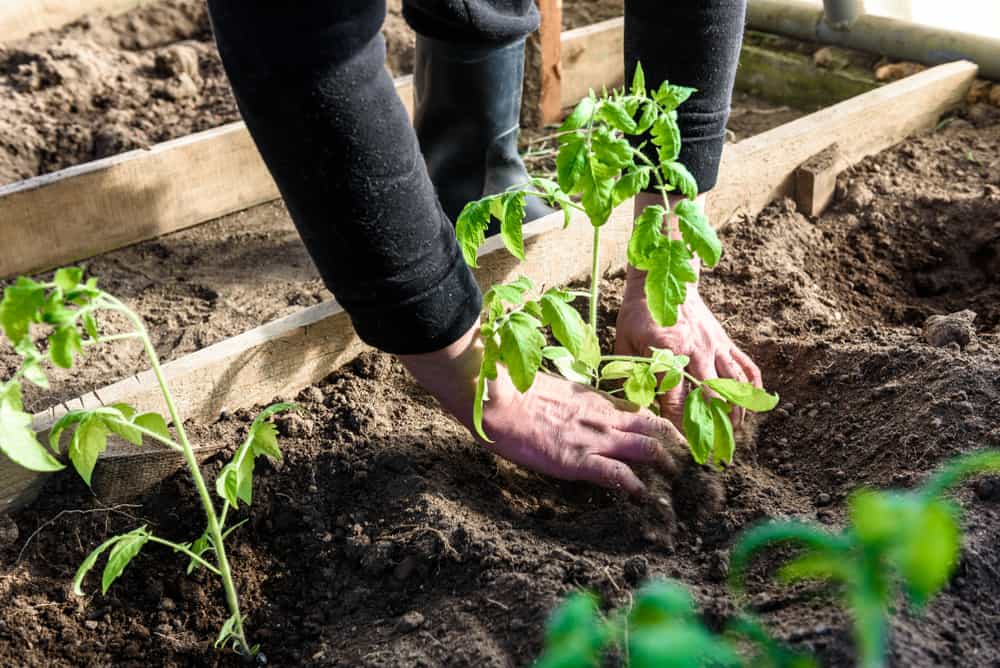
To boost the productivity of your garden, you should sow seeds and transplant seedlings as close as possible. That means that leaves of mature plants barely touch. That way, you will use almost every square inch (m2) of the surface and get excellent vegetables.
The disadvantage of that method of planting is lack of space for digging, and you will need to weed by your hands. Also, keep in mind that you can’t use this method for veggies like cucumbers which develop vines.
3. Raised beds
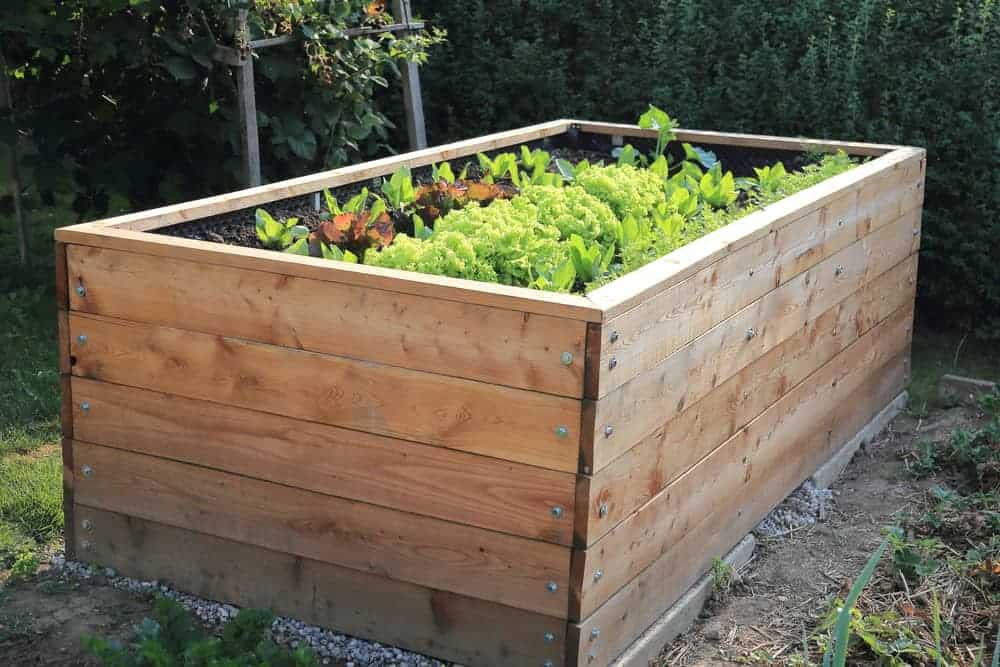
Nowadays, many gardeners choose to maximize space by making 3 to 4 feet (0.9 – 1.2 m) wide raised beds. That way, you will have fewer paths between rows and more usable space for growing crops.
The additional advantage is less hard work since you don’t need to water, weed, and mulch plants as you should do in a traditional garden. Plus, you will have better access to your veggies. You can elevate your gardening game using these raised garden bed plans to create your own green haven.
4. Containers
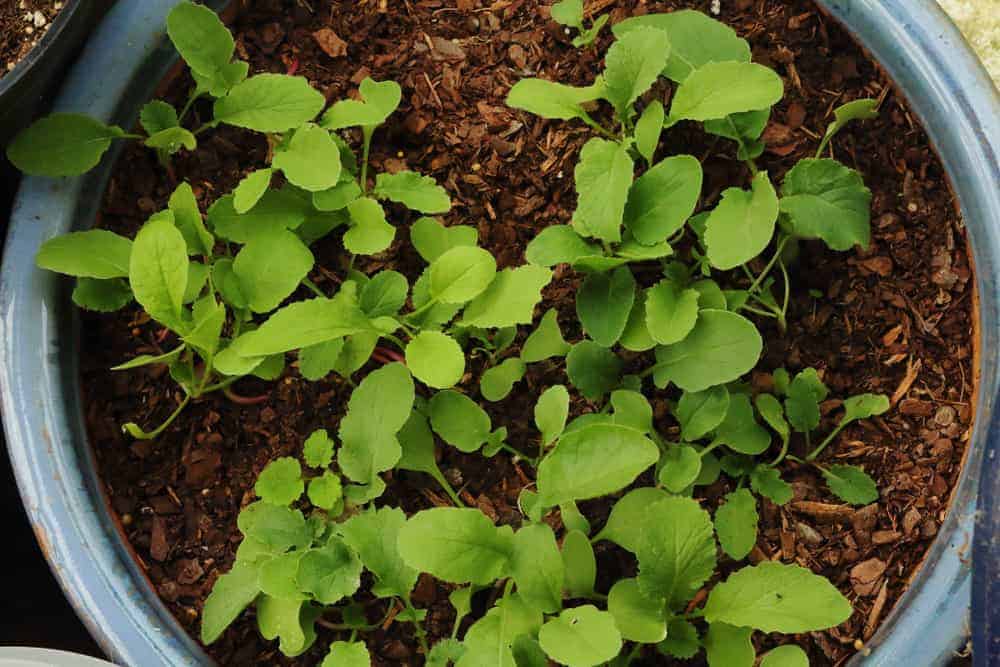
If you haven’t got enough space or you just want to grow small amounts of fresh veggies such as potatoes, carrots, peppers, lettuce, radishes, or herbs, you should consider using containers.
Seeds vs. Transplants
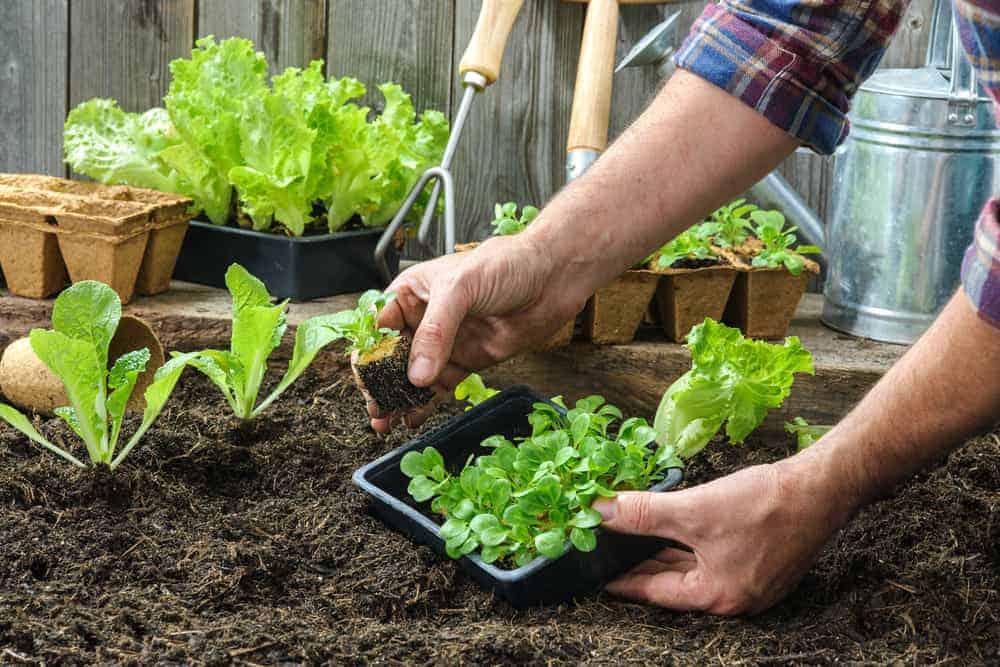
It’s up to you to decide whether you want to sow seeds or plant seedlings you can purchase in the gardening center.
If you choose to do the entire job by yourself, you can sow lettuce, peas, beans, radishes, squash, or beets indoors, and transplant them into your garden approximately six weeks before the last frost. There are also veggies such as carrots you can sow into the garden directly.
If you are a beginner, it might be better buying seedlings from a nursery and transplant them into your garden, especially if you decide to choose slow-growing plants such as celery, broccoli, or kale.
The fact is that transplanted seedlings mature sooner, they are more resistant to pests, and you can harvest them earlier than plants started from seeds. The apparent reason is the possibility to pick the best and healthiest young plants, which is impossible with sowing.
Anyway, if you decide to sow your own seeds, you should check how to do that, to follow instructions, and prepare yourself to be patient and dedicated.
Garden Tools
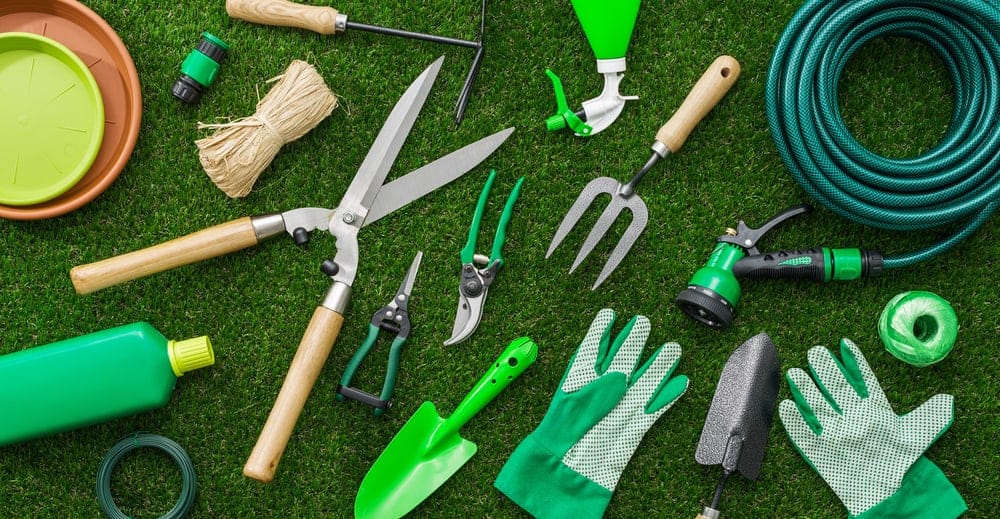
If you want to become a serious gardener, you need to provide adequate tools so that you can process your garden smoothly. For the very beginning, you need some necessary, well-made ones such as:
- A round-tipped shovel (for digging)
- A hand trowel (for weeding and transplanting)
- A fork (for turning the soil)
- A rake (for leveling)
- A hoe (for weeding)
- A watering can or/and hose with nozzle (for watering)
Also, you will need some accessories which will make gardening much easier:
- Garden gloves (with nitrile-coated fingers and palms)
- Scissors (for harvesting)
- Snips (for cutting and pruning)
- Landscaping bags (for collecting yard waste)
- A tote bag (for carrying the hand tools)
- A kit bag
- A wheelbarrow
- A weed torch
- A kneeling pad
Draft Your Garden
Before you start establishing your new garden, you should make some essential preparations:
- Sketch out a rough blueprint of it on the paper
- Check seeds’ packets and determine the light requirements and needs of every plant regarding spacing
- Mark the locations of every vegetable
- Locate tall plants, especially those that require supports, to avoid shading the shorter ones
- Leave enough space for paths of 18 to 24 inches (45 – 60 cm) wide in average
- Don’t forget to include some herbs and colorful flowers which will attract pollinators
Pick Out Plants You Want to Grow
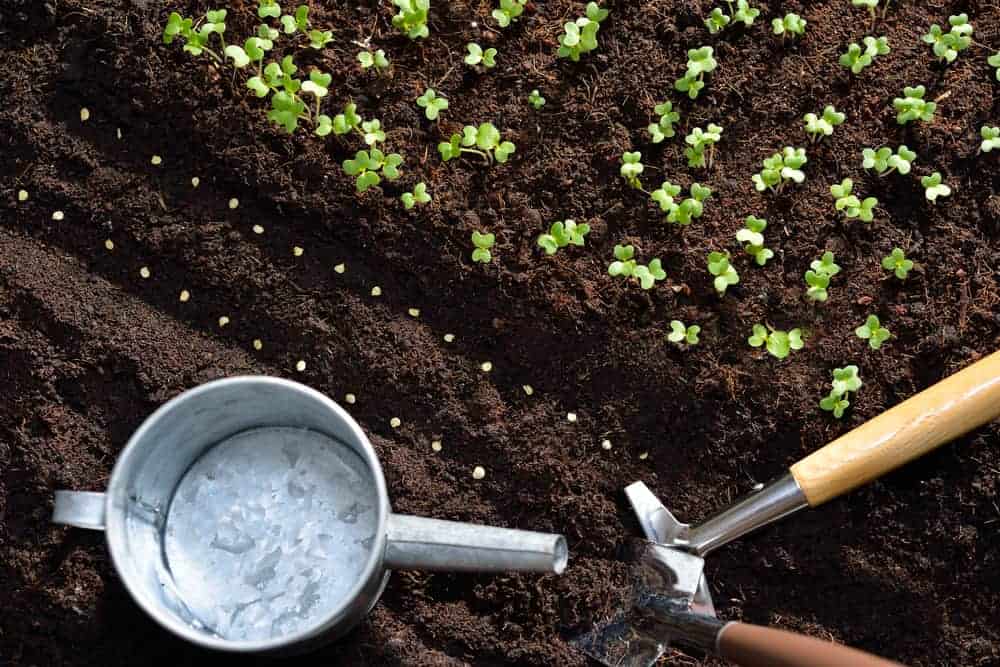
As a beginner, you should look for the most popular vegetables and herbs, and choose a maximum of three to five plants for the first year.
Firstly, you should decide if you want to grow annual or perennial plants. Keep in mind that you can decide to find another space for annual ones the next year. However, it would be better picking out the right spot for perennial ones since you shouldn’t move them.
Also, you can make a garden planner and select desired crops to your plan. Spacing your veggies correctly will save you a lot of space and energy.
No matter which plants you choose, always pick out high-quality seeds and seedlings. A few extra dollars will pay off in higher yields when the time of harvesting comes.
Since every plant has its own planting dates, you should check a gardening calendar, a planting chart for your region, and labels on packages carefully. Plus, you need to plant your veggies at the right time.
Learn which plants you can sow directly, which ones require transplanting, and when it is better purchasing seedlings. If you don’t have enough space, you can always choose dwarf varieties. Additionally, don’t forget to select disease-resistant types of vegetables.
If you are patient and highly dedicated, you can try two to three varieties of the same veggie, and decide which one performs better in the conditions you can provide in your garden.
The Buddy System
The buddy system is actually planting plants that grow well next to each other. They will attract pollinators into your garden, provide entirely natural pest control, and improve the flavor of veggies you cultivate.
For example, sow marigolds seeds among your vegetables, and they will protect veggies from pest in the most natural way possible. Also, if you sow a few basils with your tomatoes, these herbs will improve their flavor. Keep in mind that your garden will have a lot of benefits of rosemary, oregano, and thyme since they are natural repellents.
Well, there are a few simple rules which will help you make an excellent combination of plants. The right mix will help your veggies grow healthy and thrive:
Insectary plants
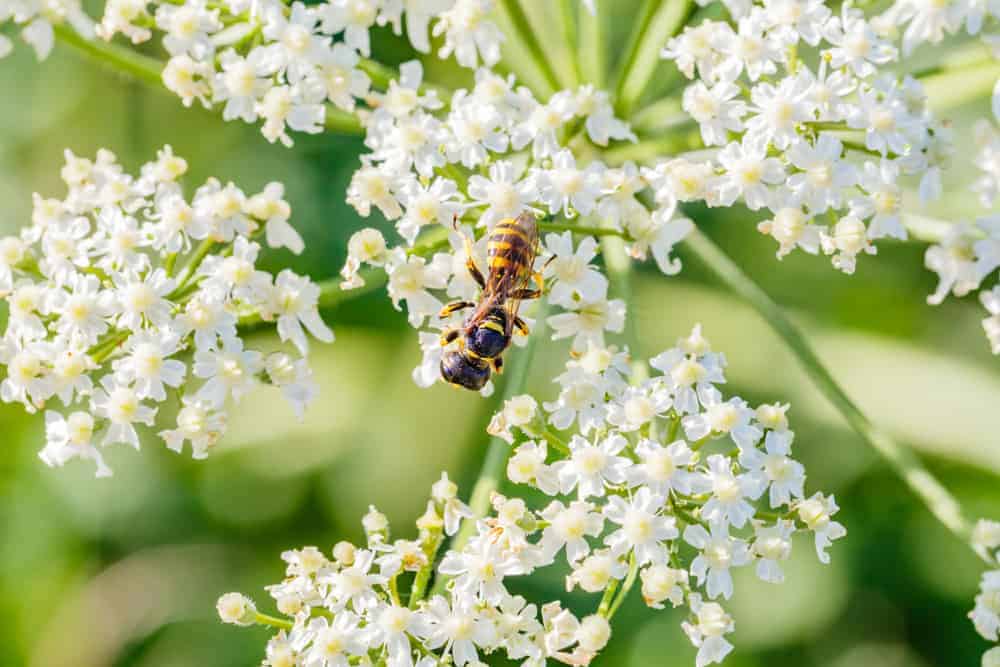
There are a bunch of popular flowers that will attract beneficial insects and help vegetables when planted among them. These plants will control pests naturally.
Pollination
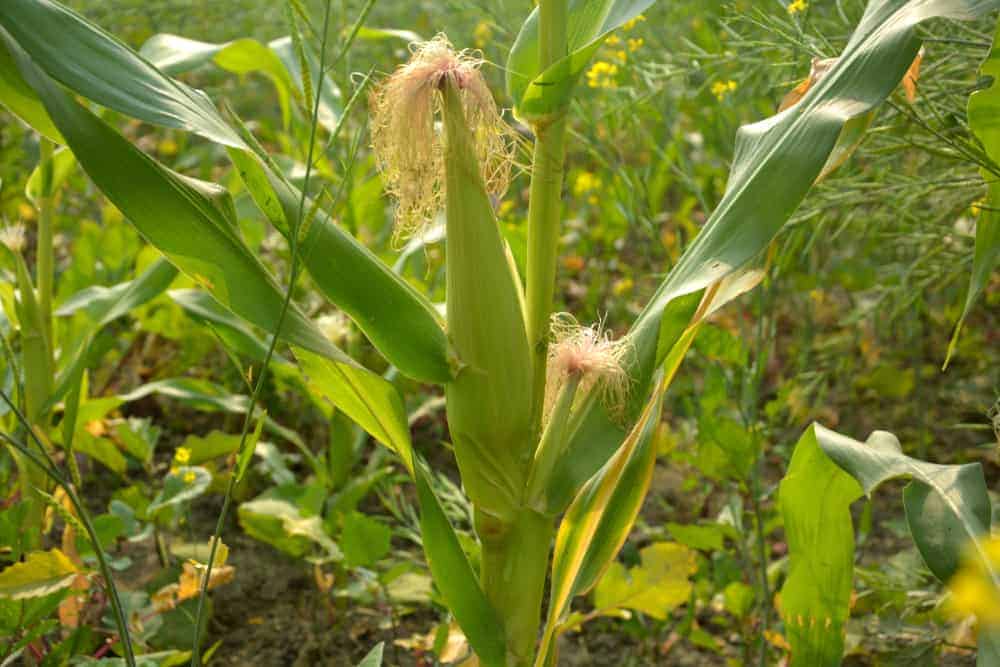
Allow particular plants pollinate well and produce the edible parts by taking care to place them together and plant them appropriately. For example, always grow sweet corn in blocks to ensure the production of full cobs.
Confuse pests
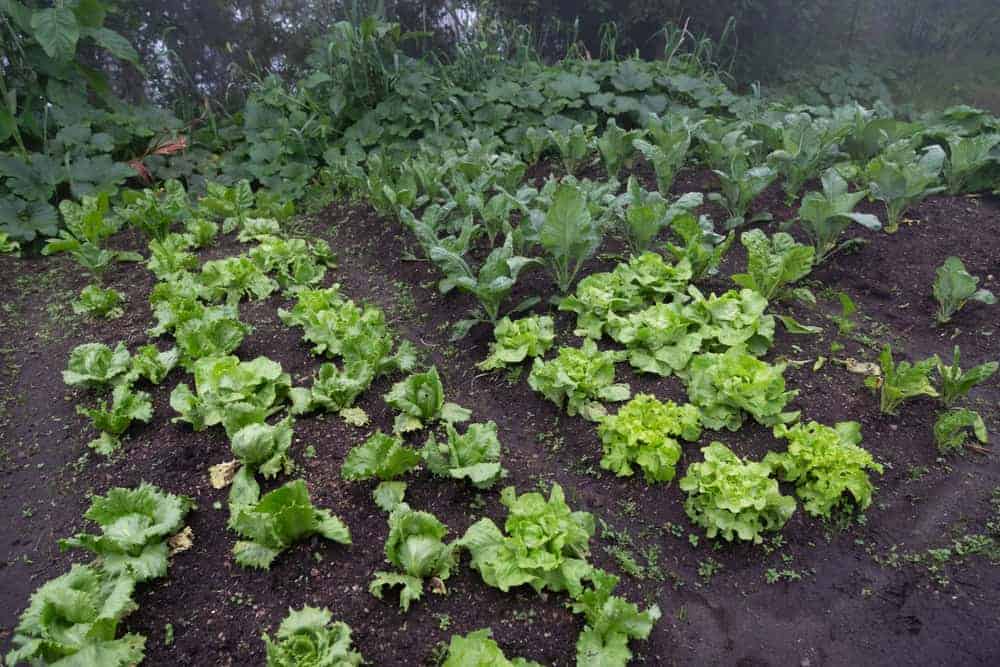
If you plant just one type of crop at the large area, you will face a problem with pests attracted with those particular veggies.
On the other hand, mixing different plants will probably confuse these horrible creatures. The rare exception is plants which require special protection. For example, you may grow cabbages, cauliflowers, and broccoli together if you protect them from caterpillars.
Accessibility
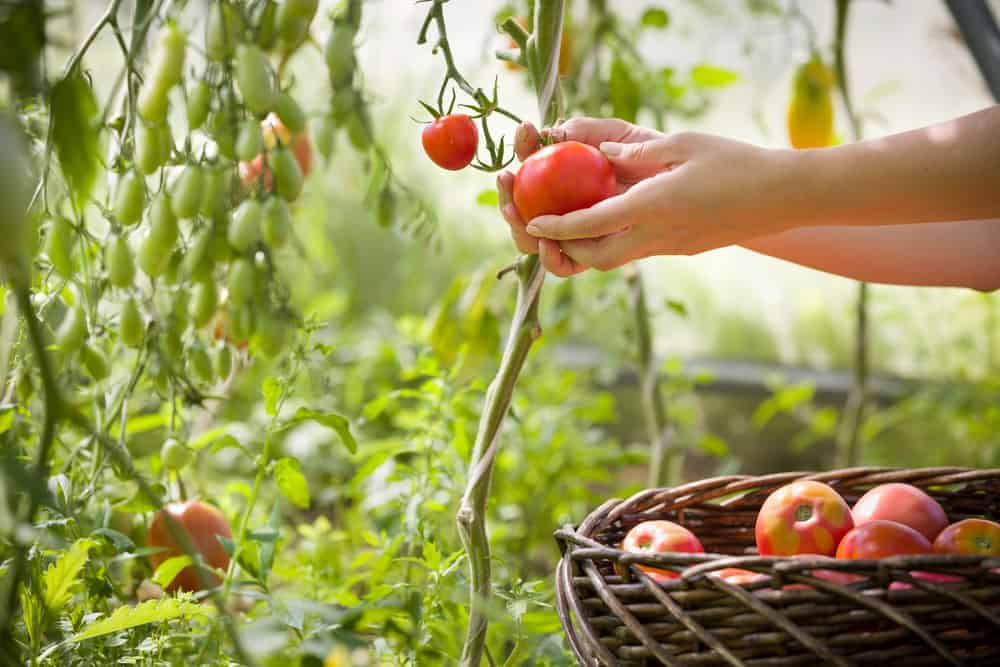
Take care to plant veggies you want to harvest regularly as close as possible to your home. For example, you will harvest tomatoes, salad, and herbs daily, and the proper arrangement will save you both time and effort.
Shadow

When you chose to grow tall vegetables, you should find a way to protect the other plants from the shadow. However, you can use those veggies to support some climbing beans, for example.
Irrigation
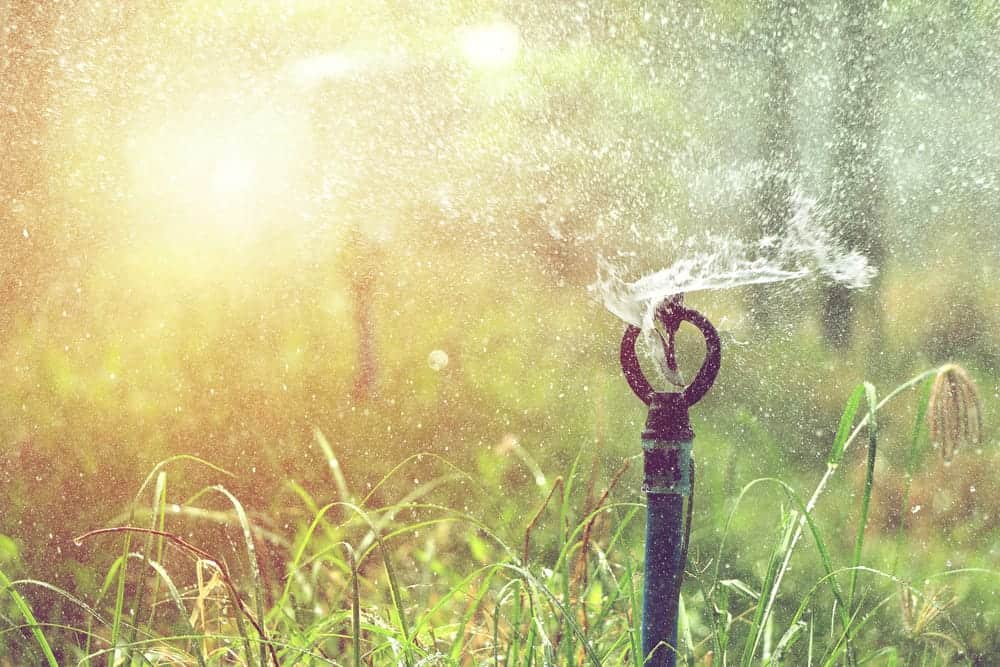
Since plants such as strawberries, celery, tomatoes, peppers, and onions perform poorly in dry conditions, you should pick out slightly lower parts in your garden for them. Those areas will retain moisture and help them thrive. Otherwise, you may need to set an irrigation system to get a decent harvest.
Succession planting
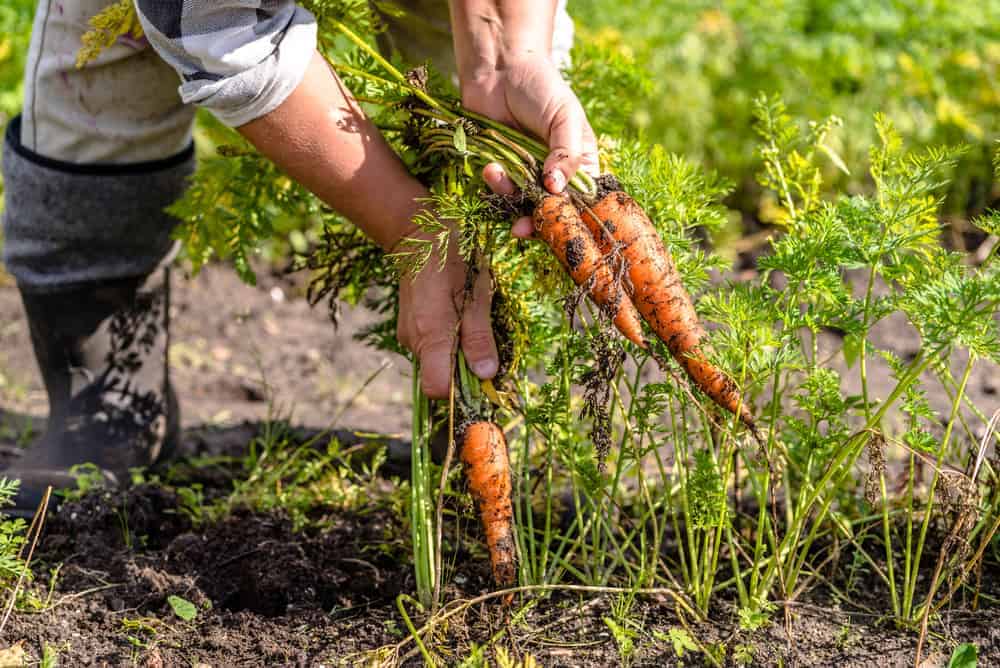
This practice is an excellent choice for you if you want to grow as many veggies as possible in the relatively small area, and get various crop throughout the season. Learn more about intercropping, and you will be surprised when discovering what can you cultivate in a small space.
Don’t overcrowd
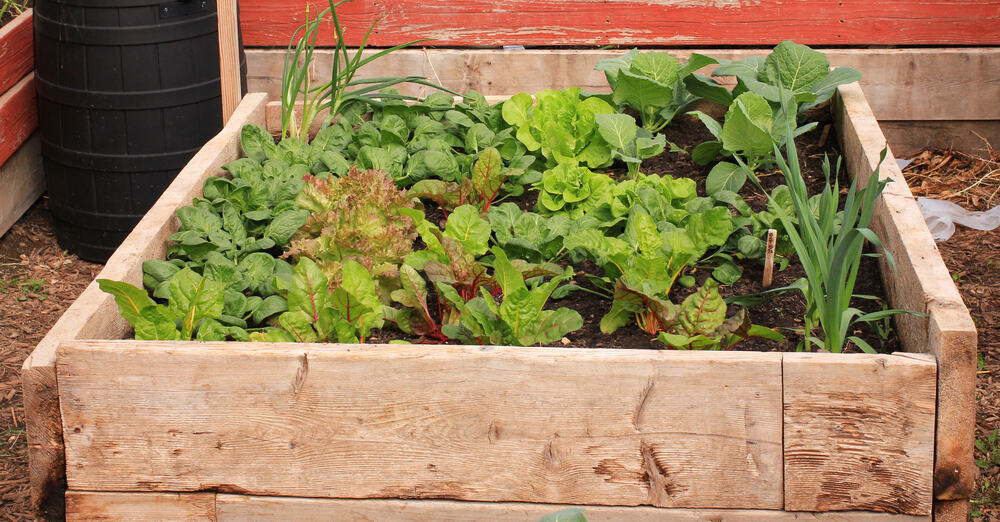
Think ahead and be wise. Don’t be tricked by the size of seedlings and overcrowd the plants. That is the most common rookie mistake! Always keep in mind that only well-planned garden can maximize your harvest.
Roaming plants
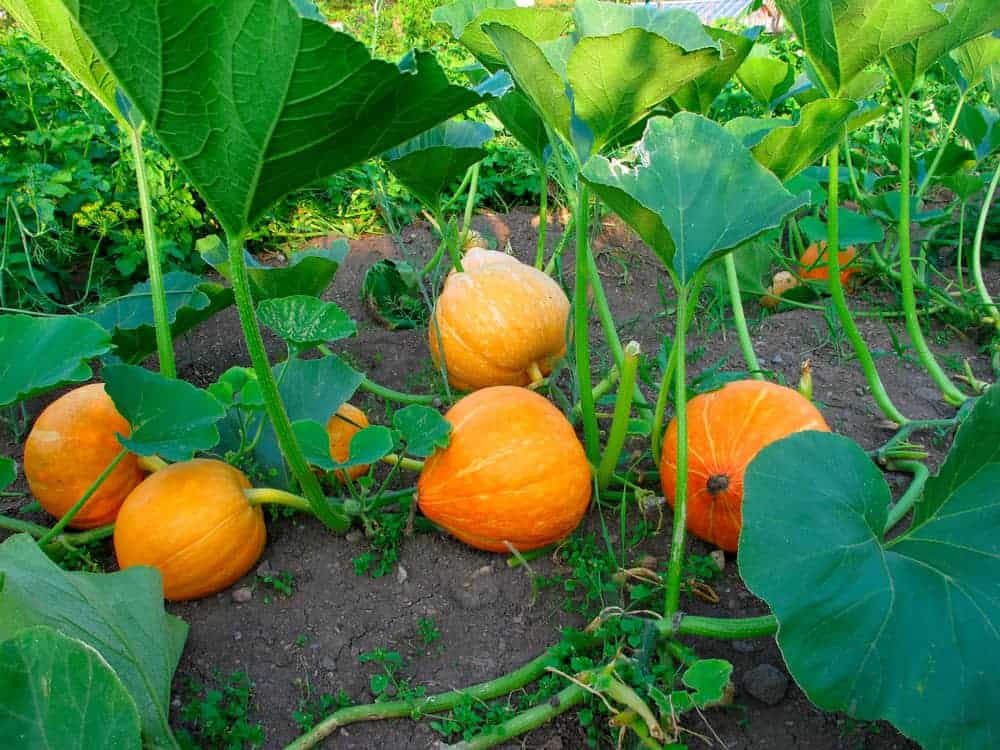
The best spots for growing plants with vines such as melon and squash are the edges of your garden. That way, the broad leaves of these plants won’t cover the other ones. In most cases, they can spread out across the grass or even paths without disturbing anyone.
Tender plants
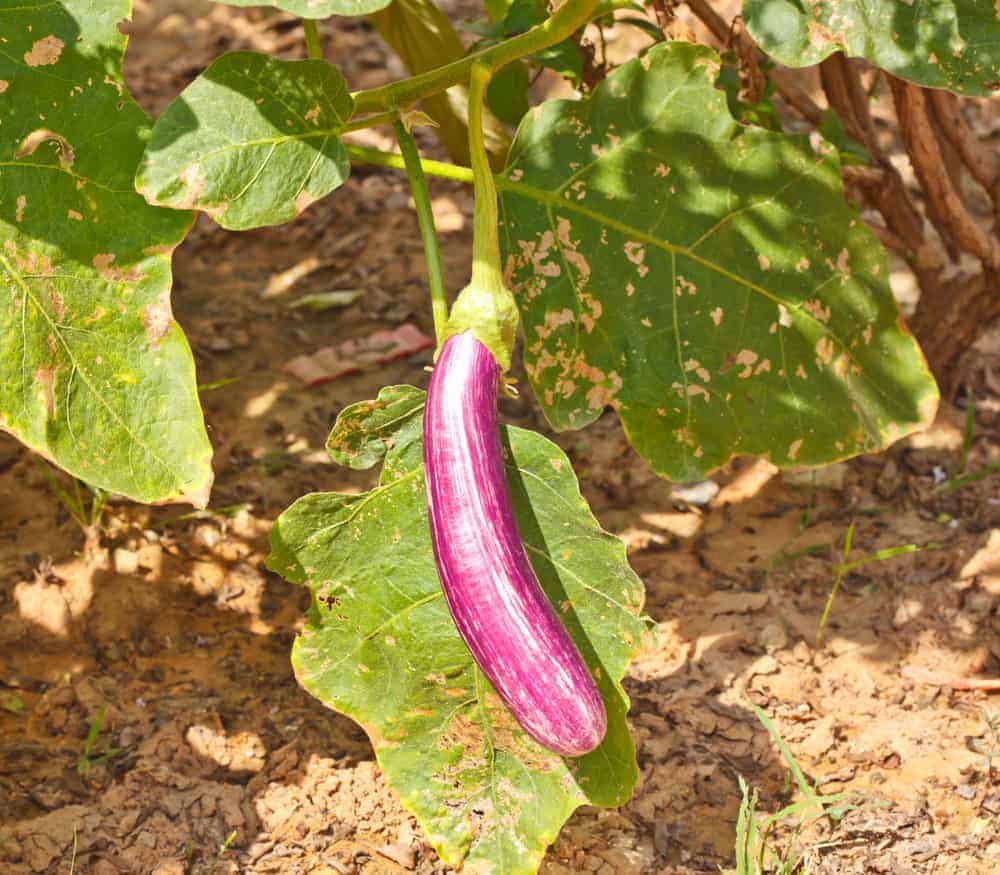
You should know that veggies such as basil, tomatoes, eggplant, or peppers are pretty fussy. They require sunny spots and a lot of watering.
Therefore, you should find a way to harmonize their needs with the amount of sun or shade during the day. Also, try to determine the desired distance of the water source before making a plant arrangement in your garden.
Vertically climbing veggies
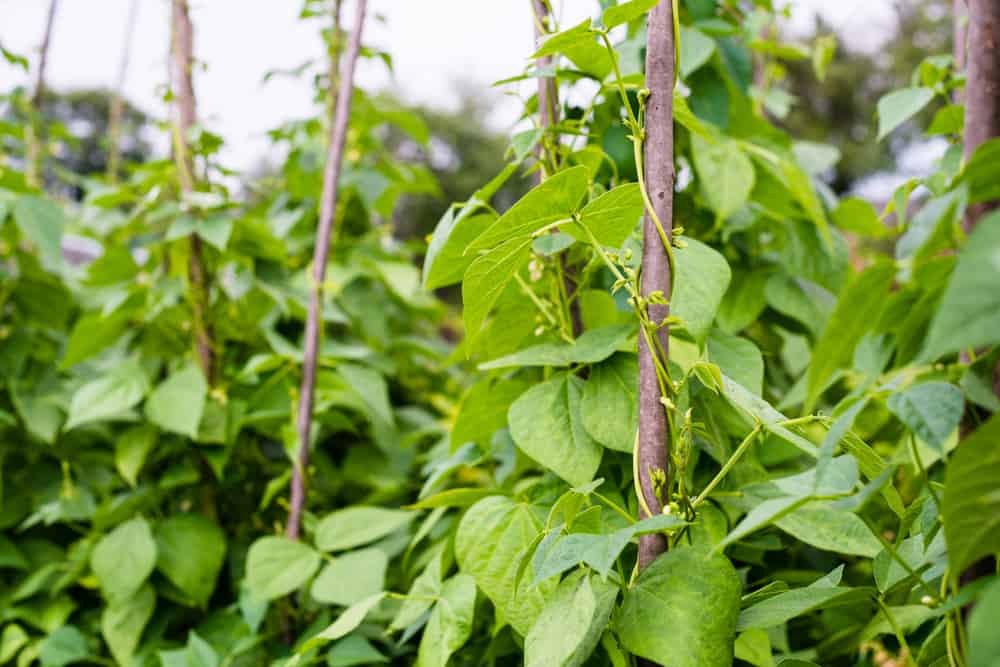
You definitely need to provide excellent support for vegetables such as cucumbers, peas, and beans. Find a location to plant them without making a shadow for other vegetables.
On the other hand, if you live in the region with hot summers, some cool-season crops such as spinach or lettuce will have a lot of benefits from the shade.
Summary
Believe it or not, the first mistake almost every new gardener makes is overwhelming their garden with a lot of different veggies. I know that you want to have a diversity of beautiful plants all around, but try to be modest and realistic and to start with a few of them for the beginning.
Simply make a list of your favorite veggies, test the soil in your garden, and decide which plants are not big challenges for you to grow. Consider this first year as a great test that will allow you to step into the world of serious gardeners next year.
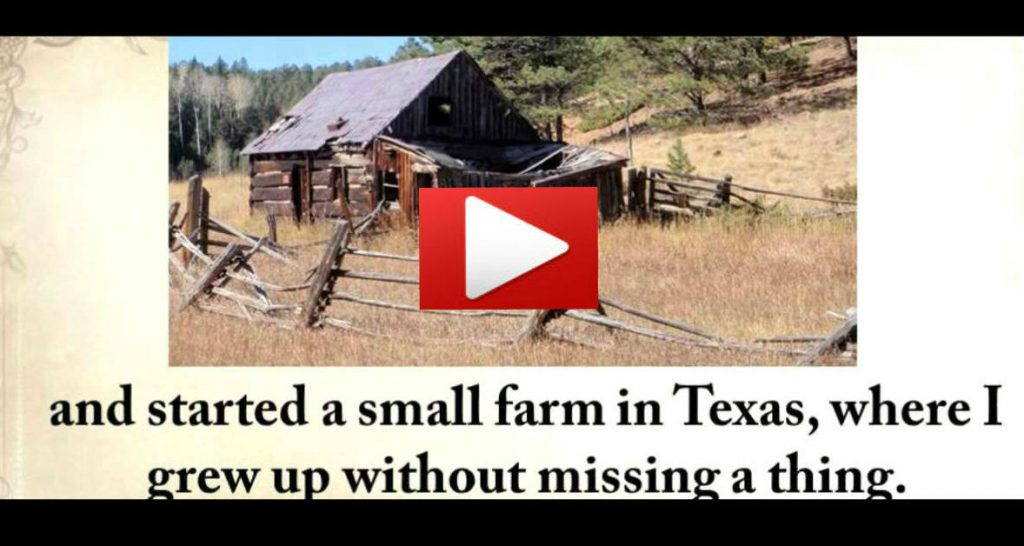
source : Freeplants
Easy Cellar – Info about building and managing your root cellar, plus printable plans. The book on building and using root cellars.
Carnivore’s Bible – Is a wellknown meat processor providing custom meat processing services locally and across the state of Montana and more.
The Lost Ways – Learn the long forgotten secrets that helped our forefathers survive famines,wars,economic crisis and anything else life threw at them.
The Lost Book of Remedies – Contains a series of medicinal and herbal recipes to make home made remedies from medicinal plants and herbs.
Survival MD – Survival MD is quite simply an elite training by an unparalleled authority on survival medicine.
Bulletproof Home -Protecting yourself and your family just gets better.You get to enhance your survival skills and protect your life in the face of social and economic crisis.
Mega Drought – Discover The Amazing Device That Turns Air Into Water.
Backyard Liberty – An aquaponics system is a pocket-sized garden where fish and plants sustain each other.
My Survival Farm – This hidden survival garden will keep you well fed when shtf.
Diy Home Energy -Produce clean, renewable energy from the sun and power my appliances, electronics and devices with solar power.

